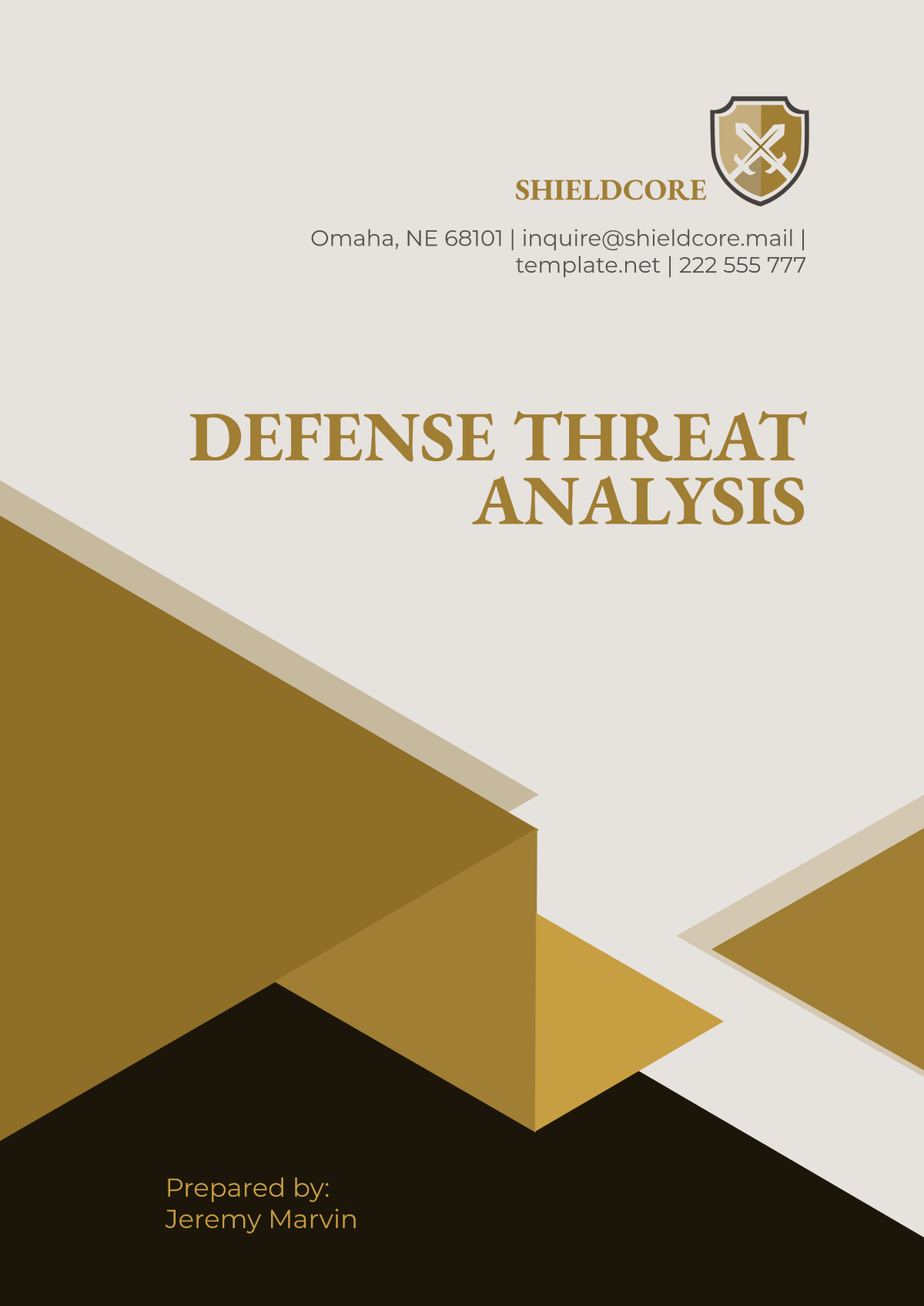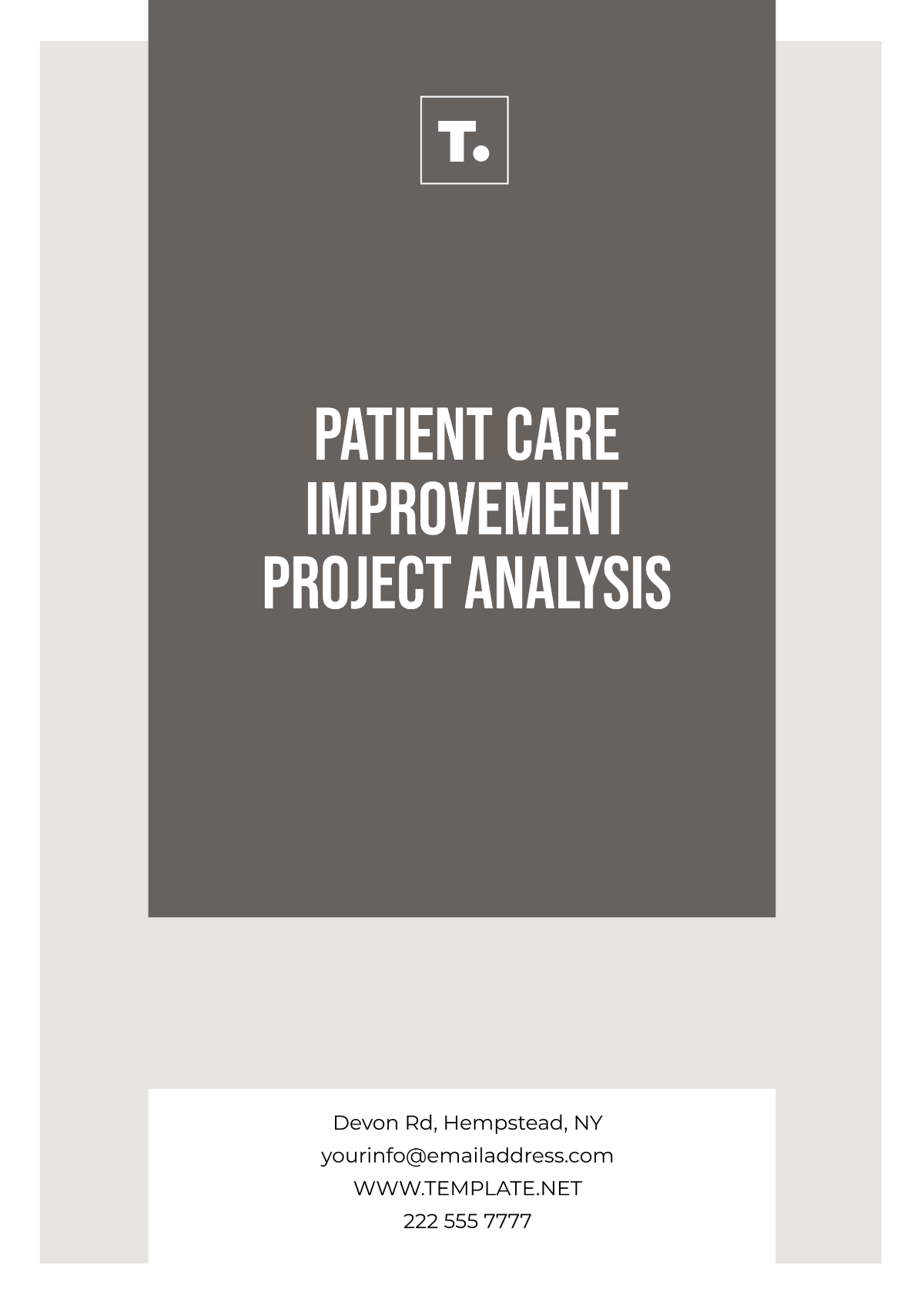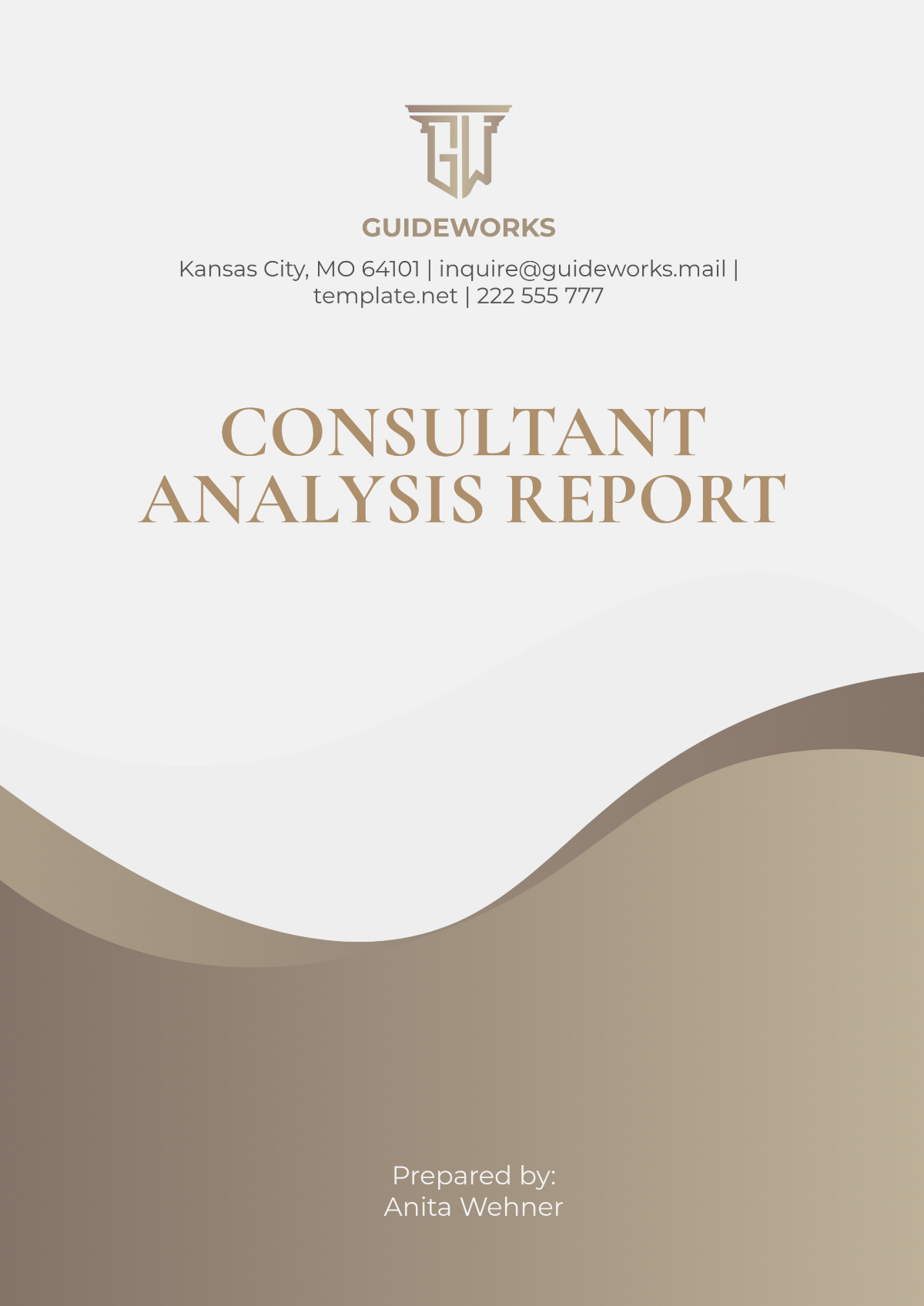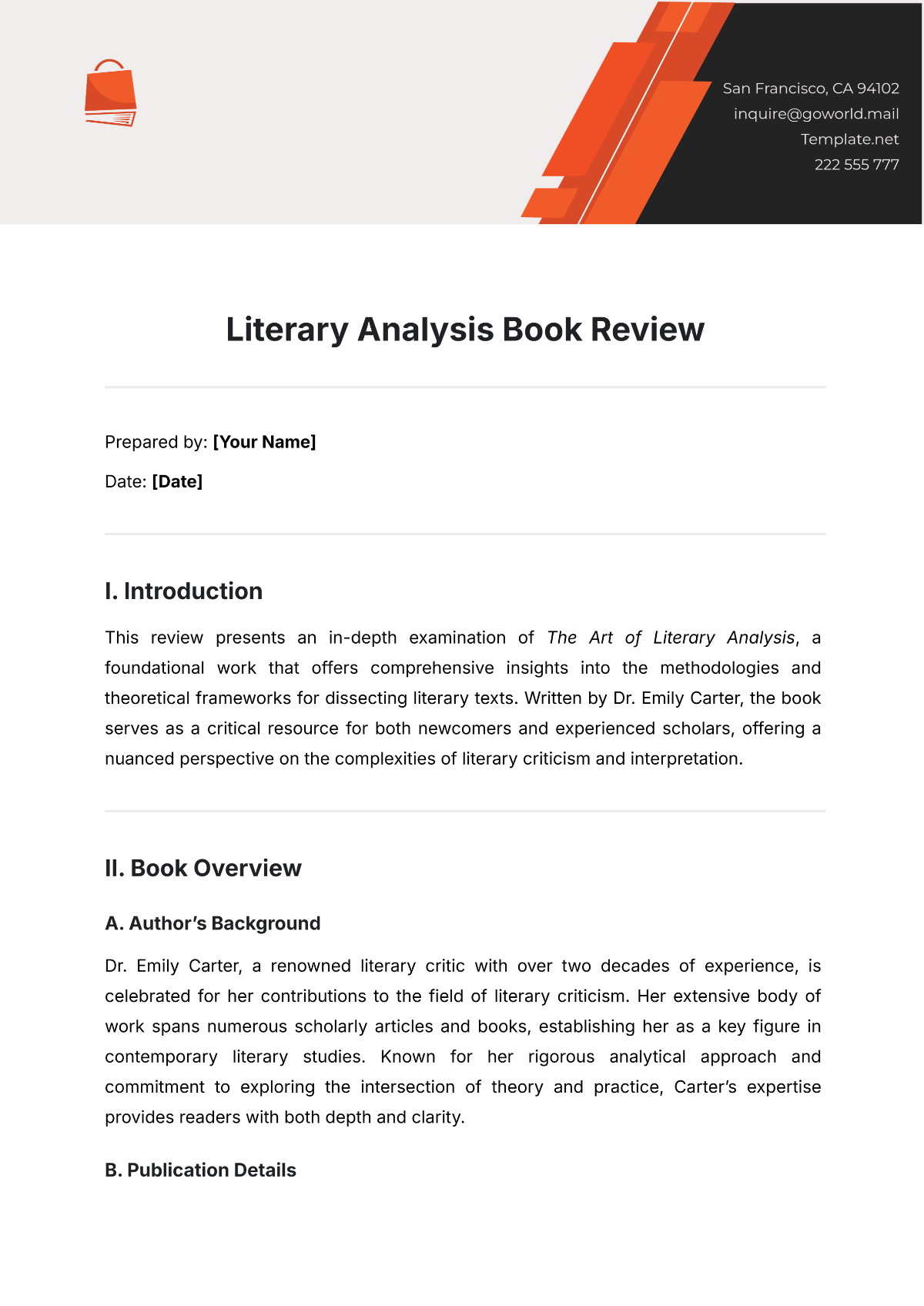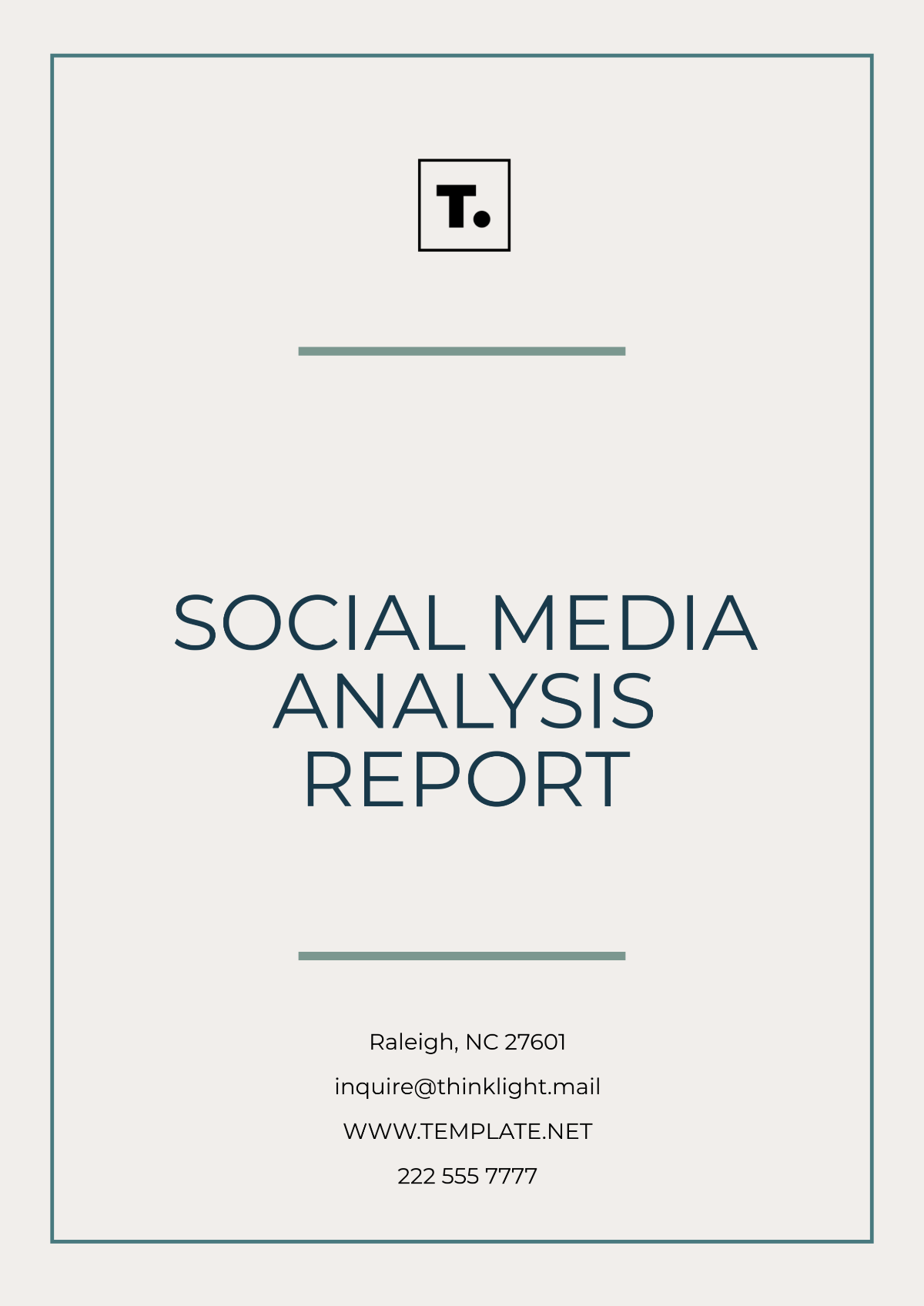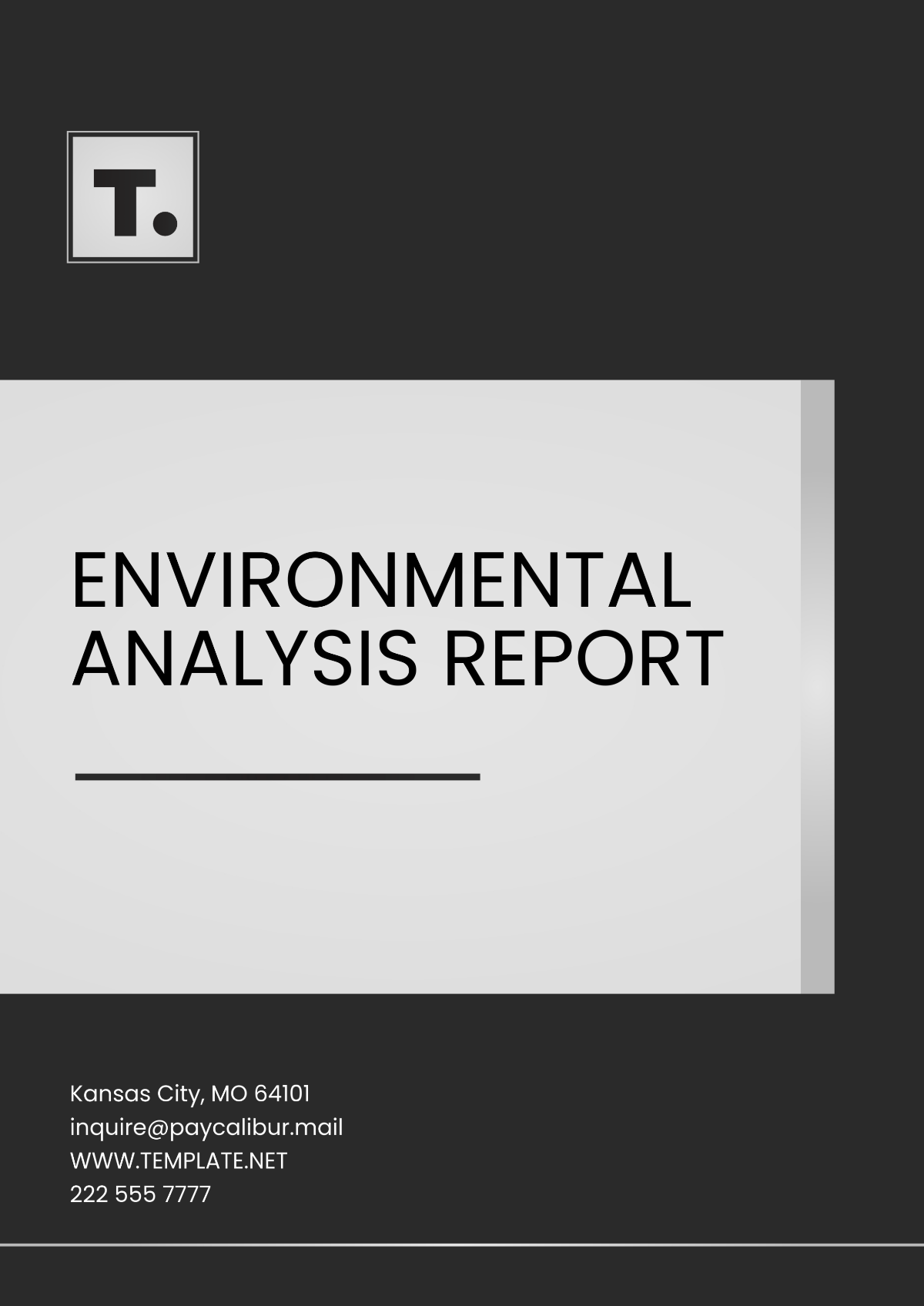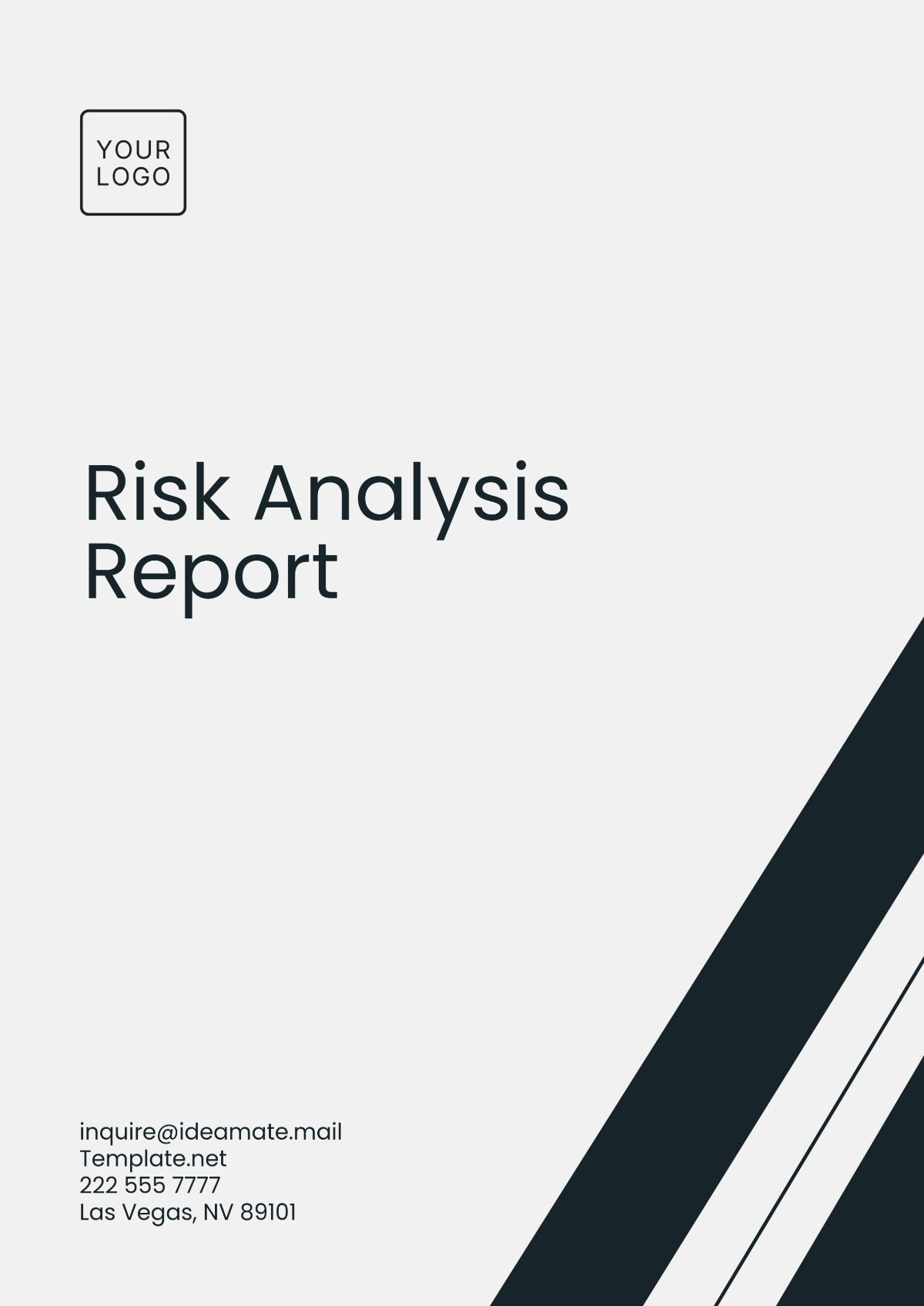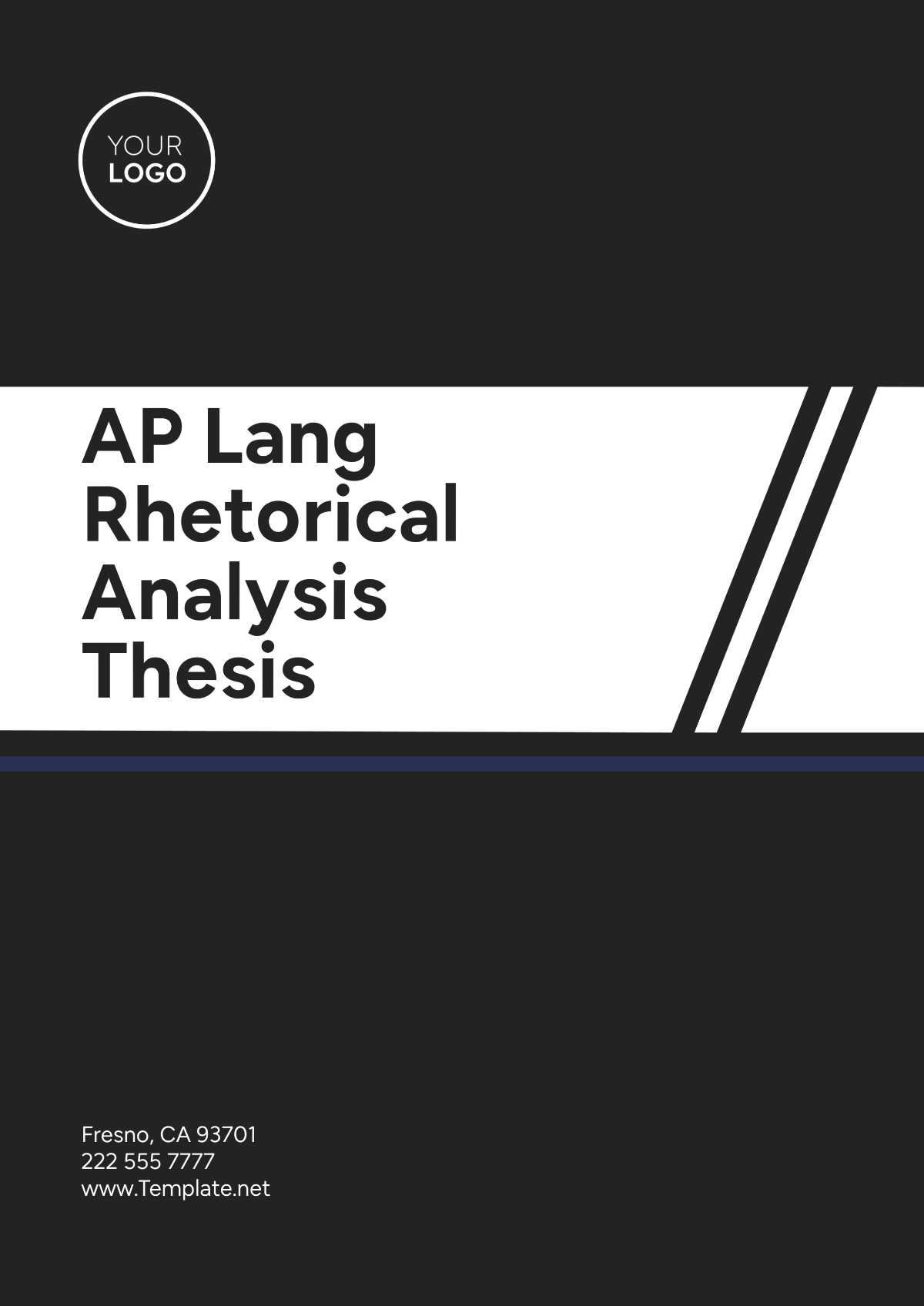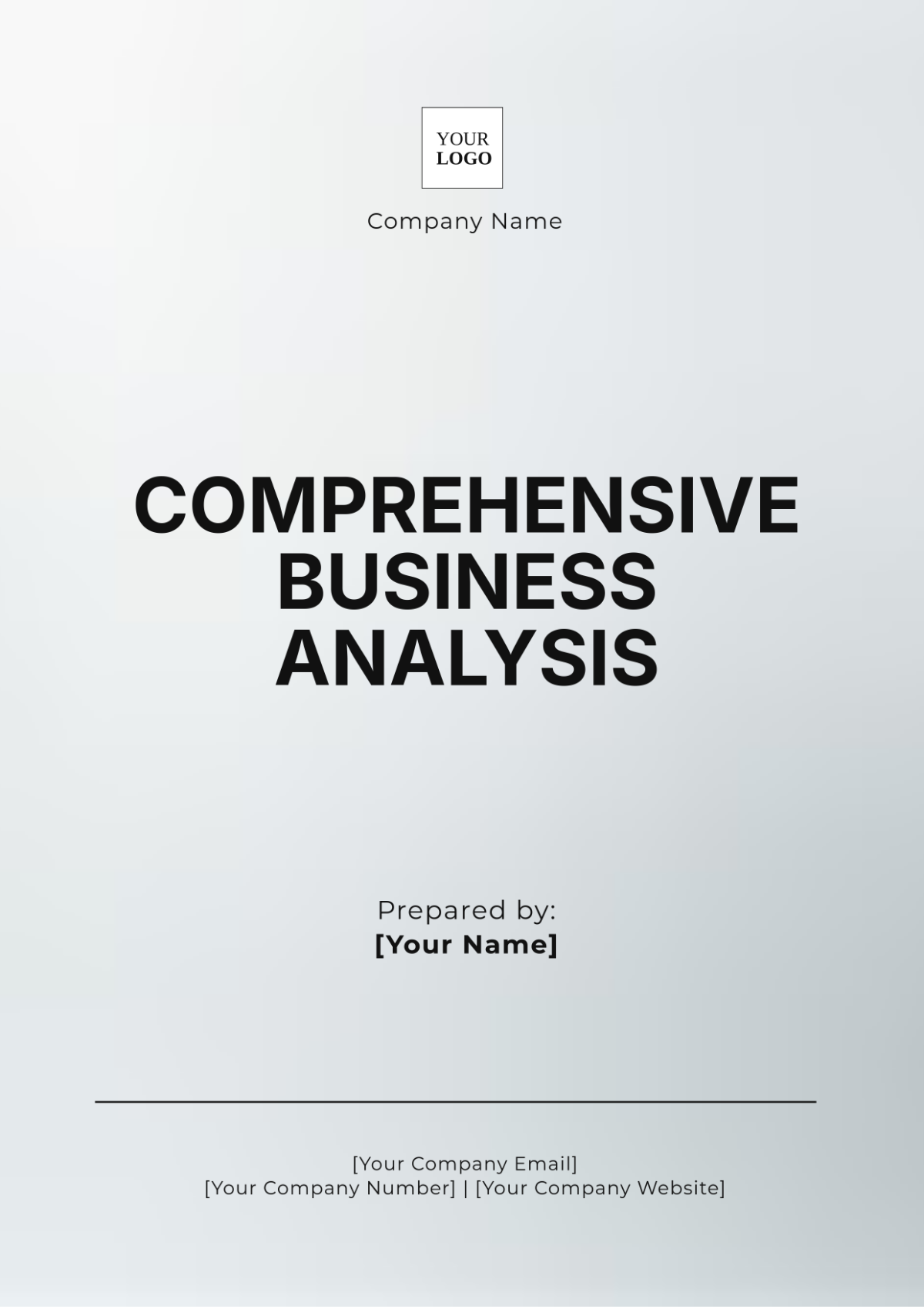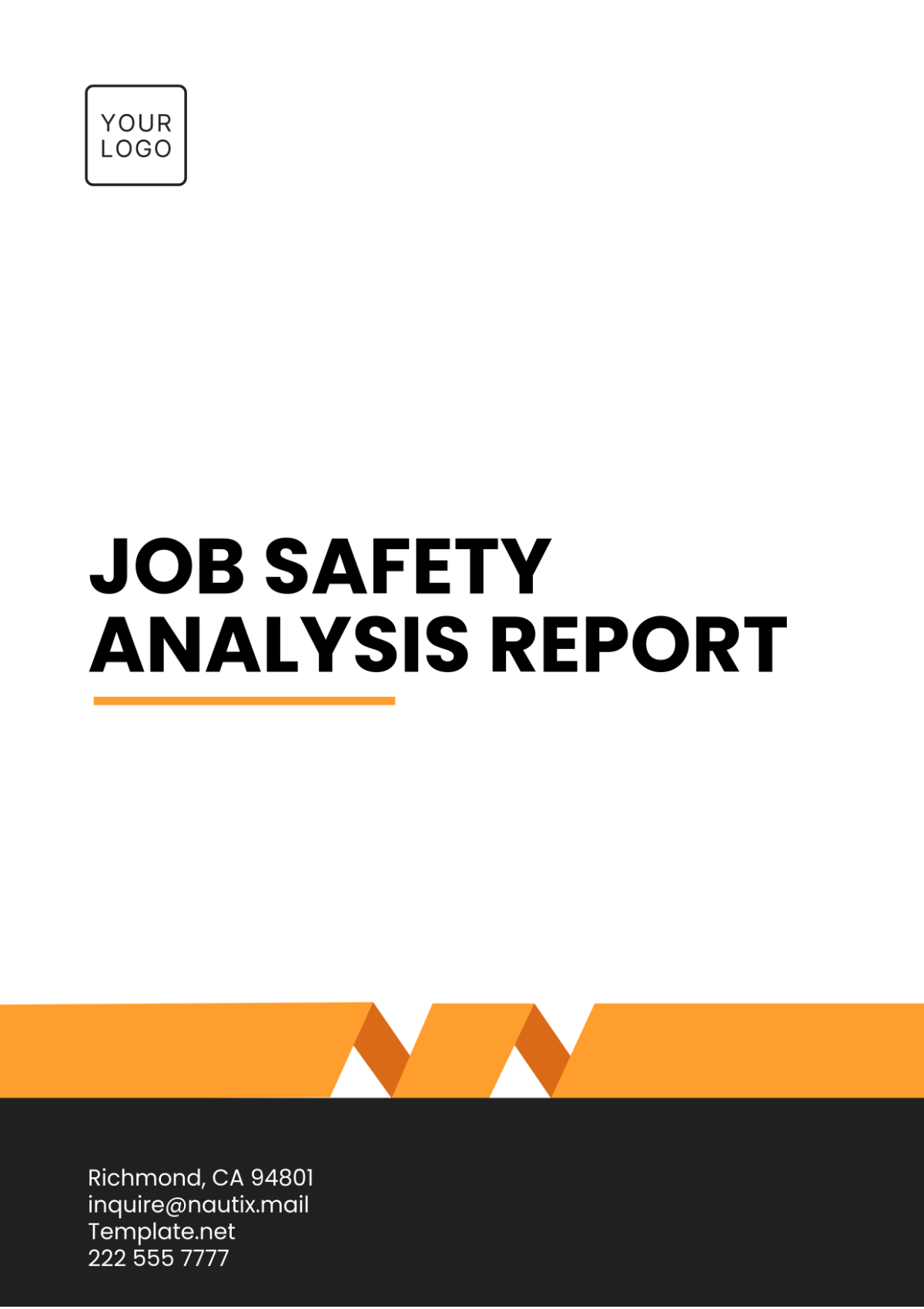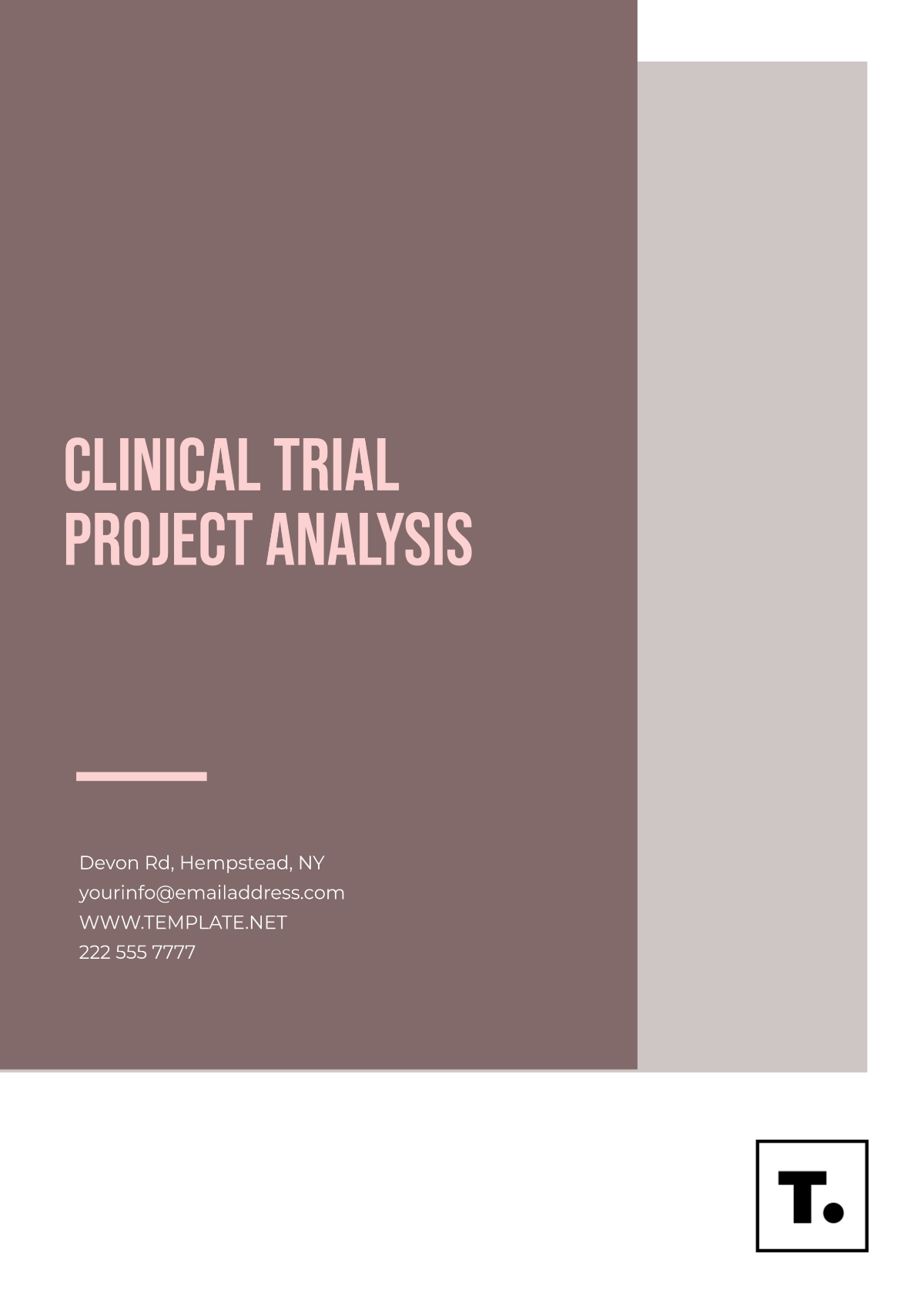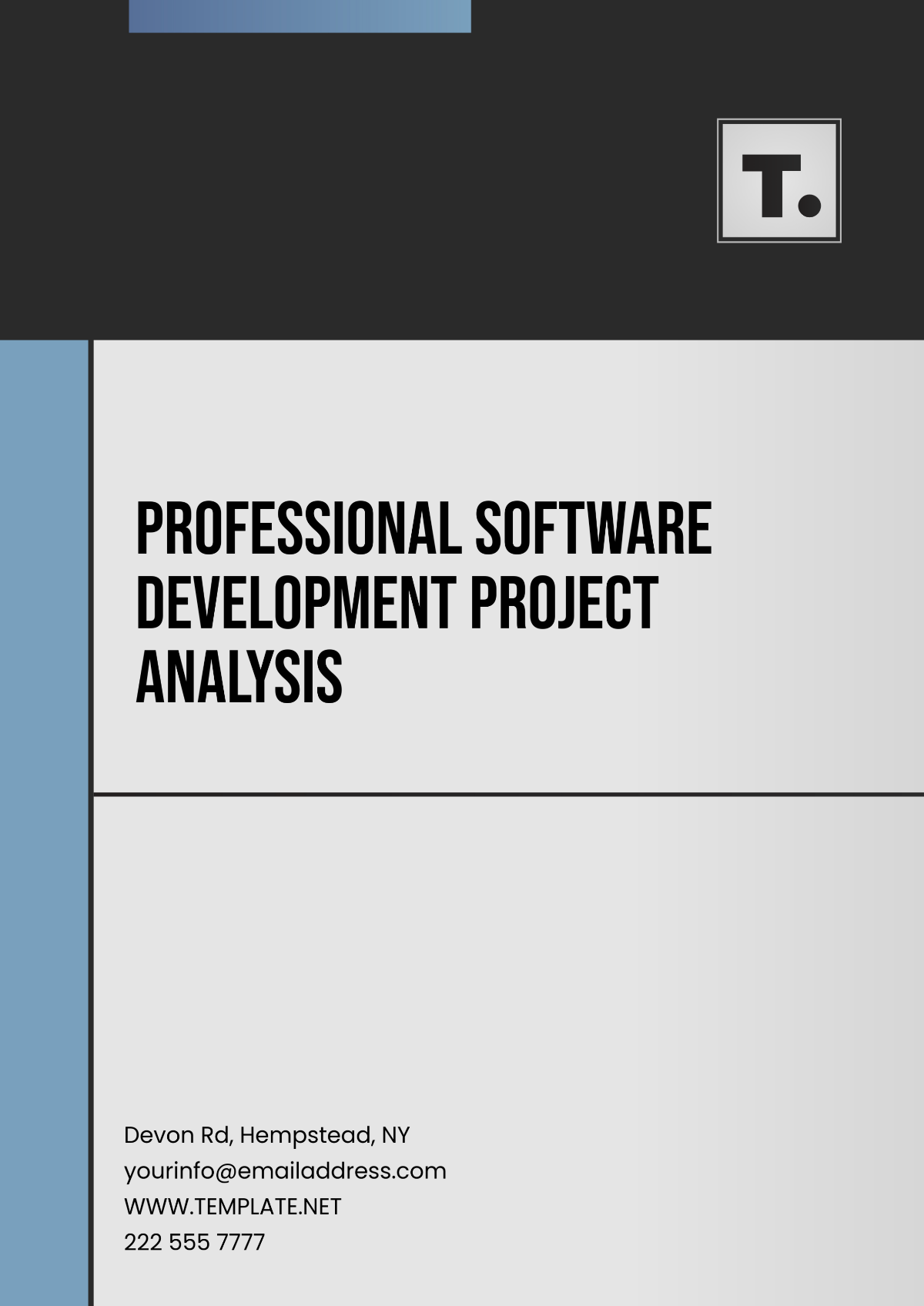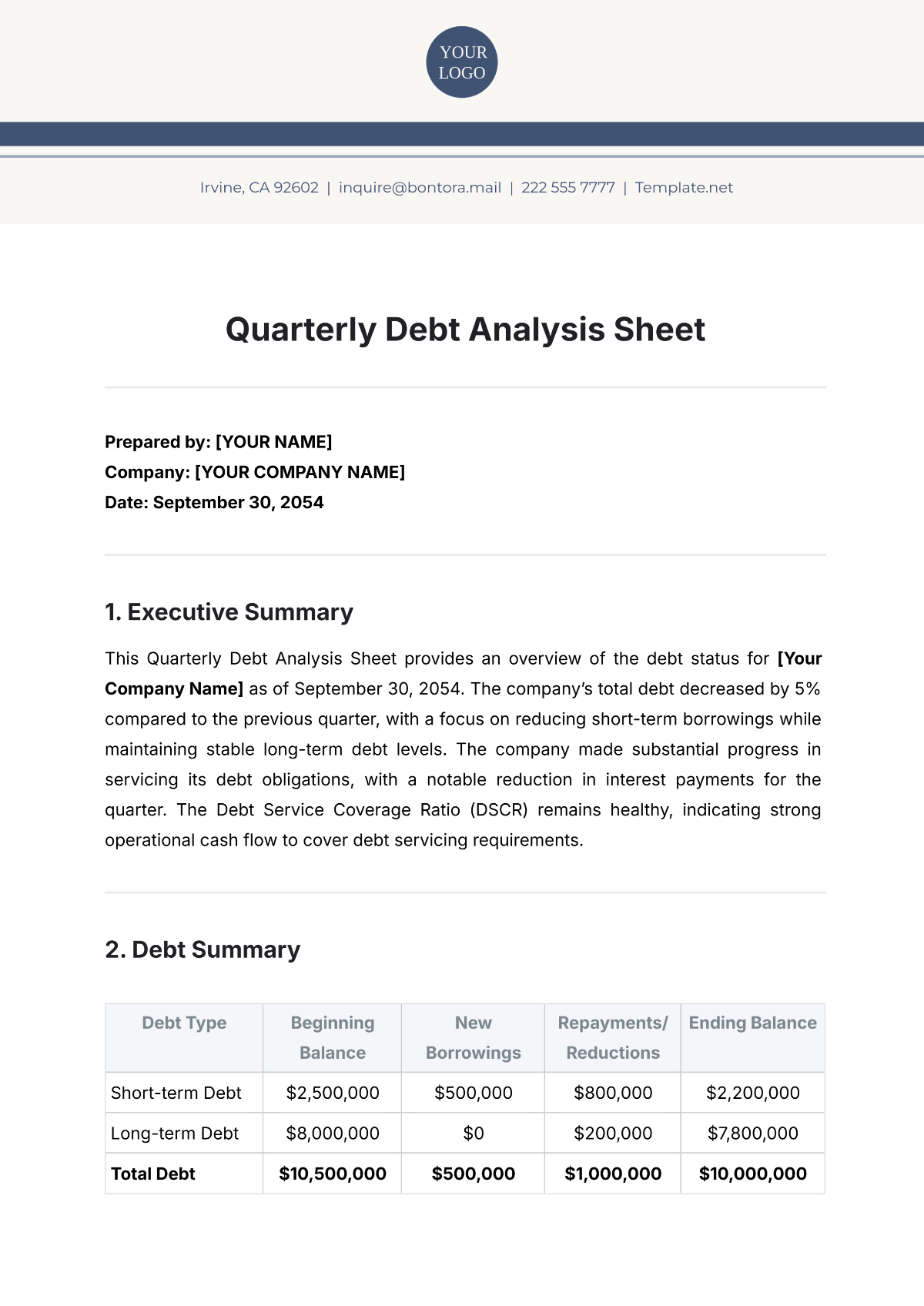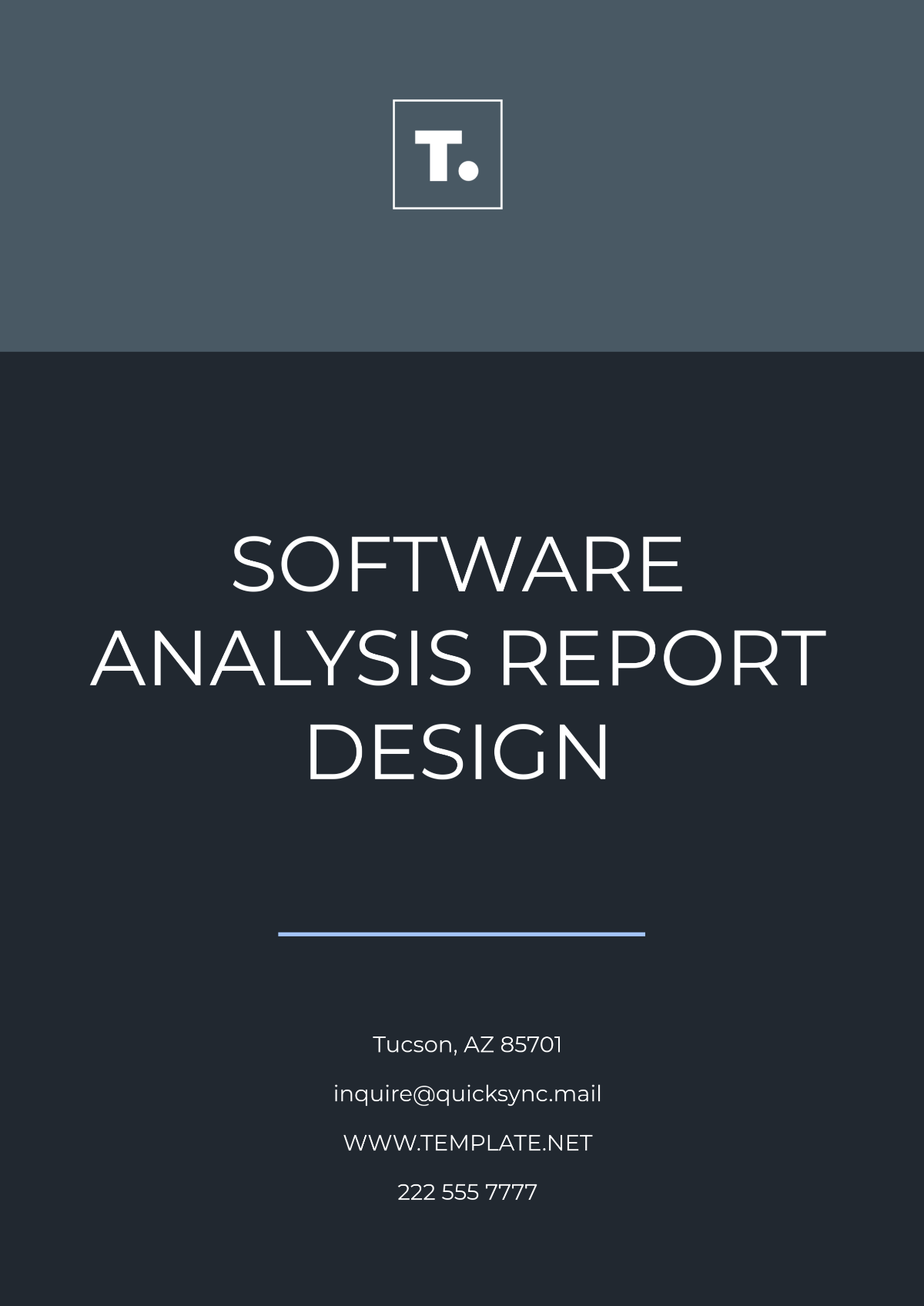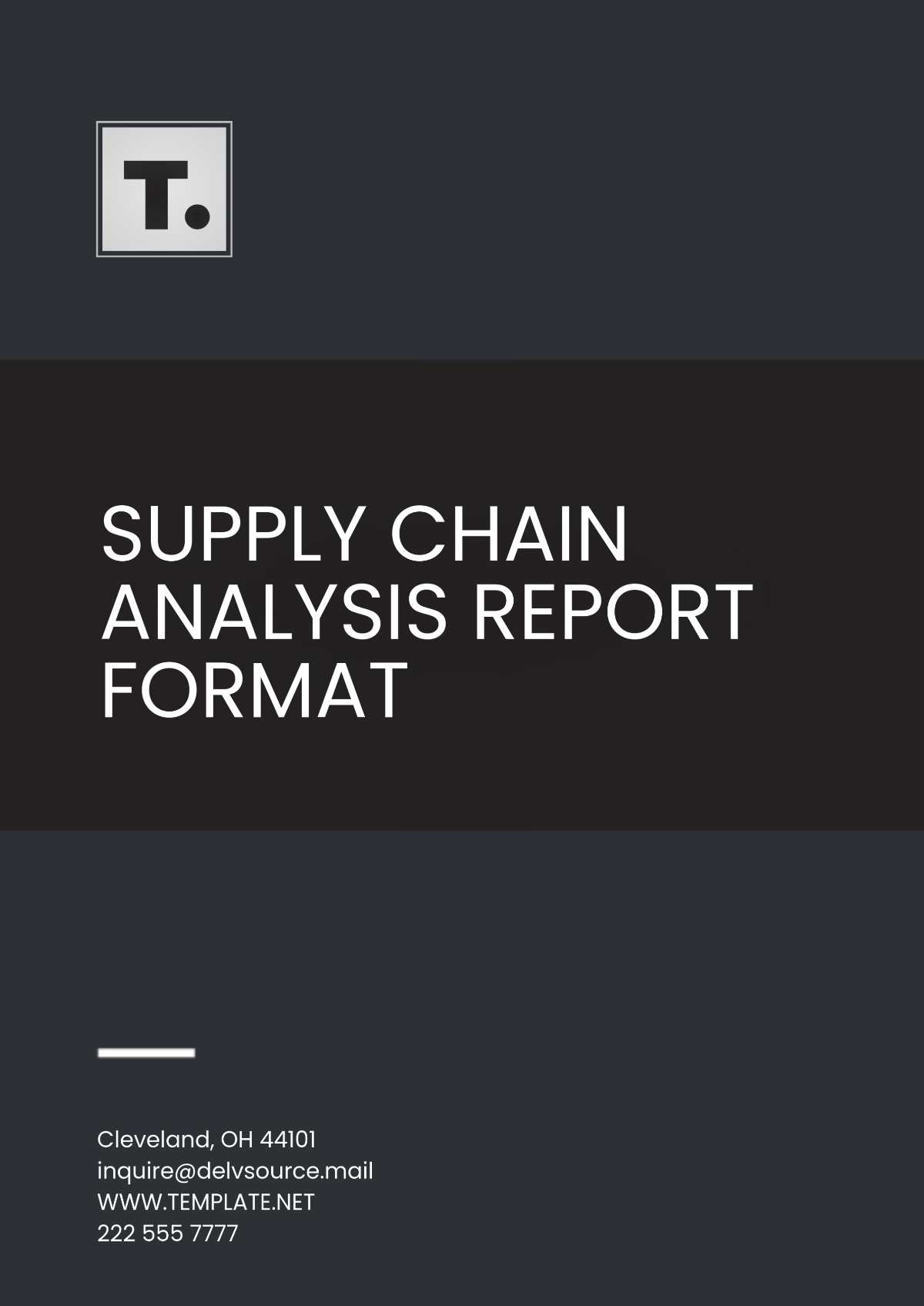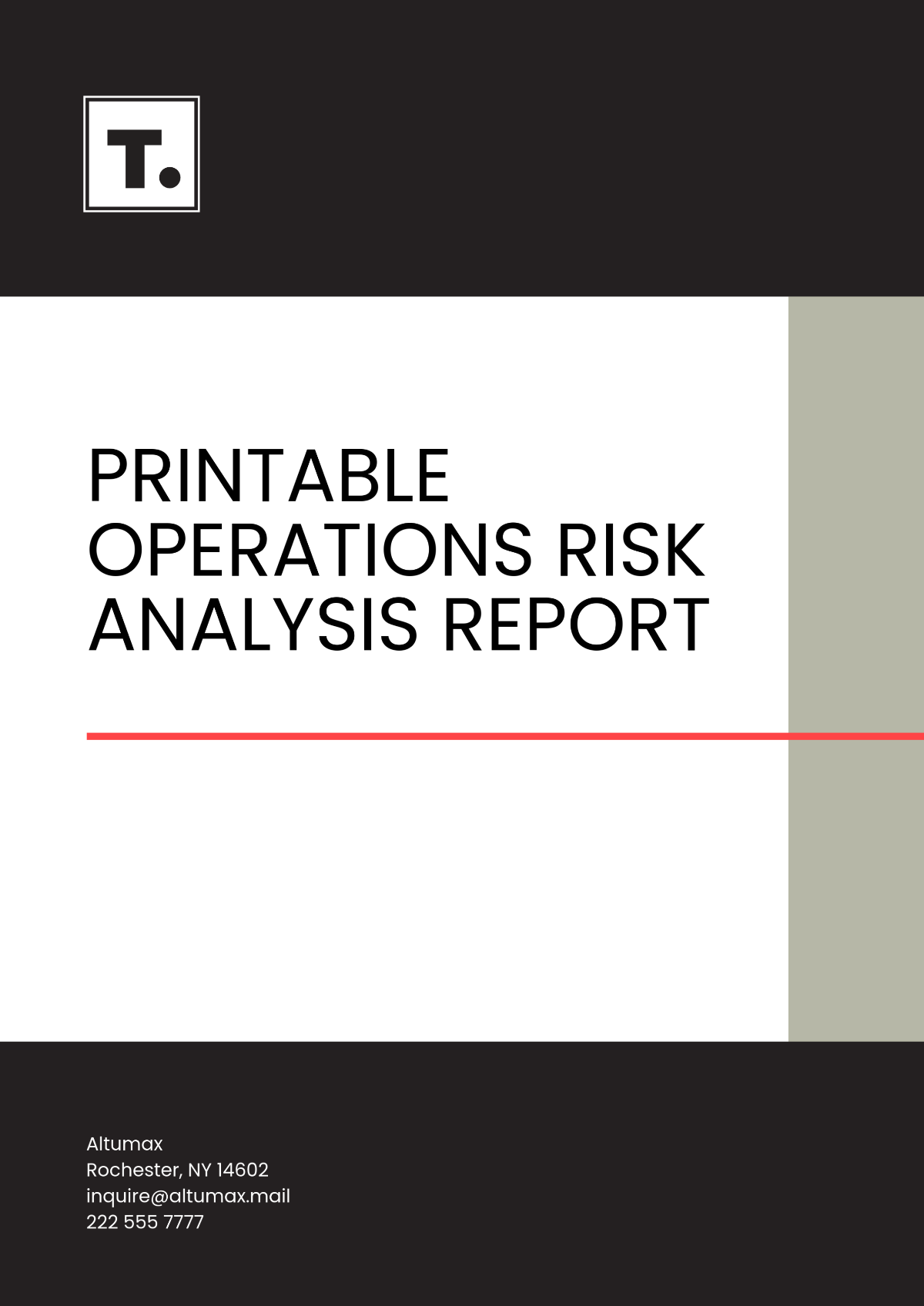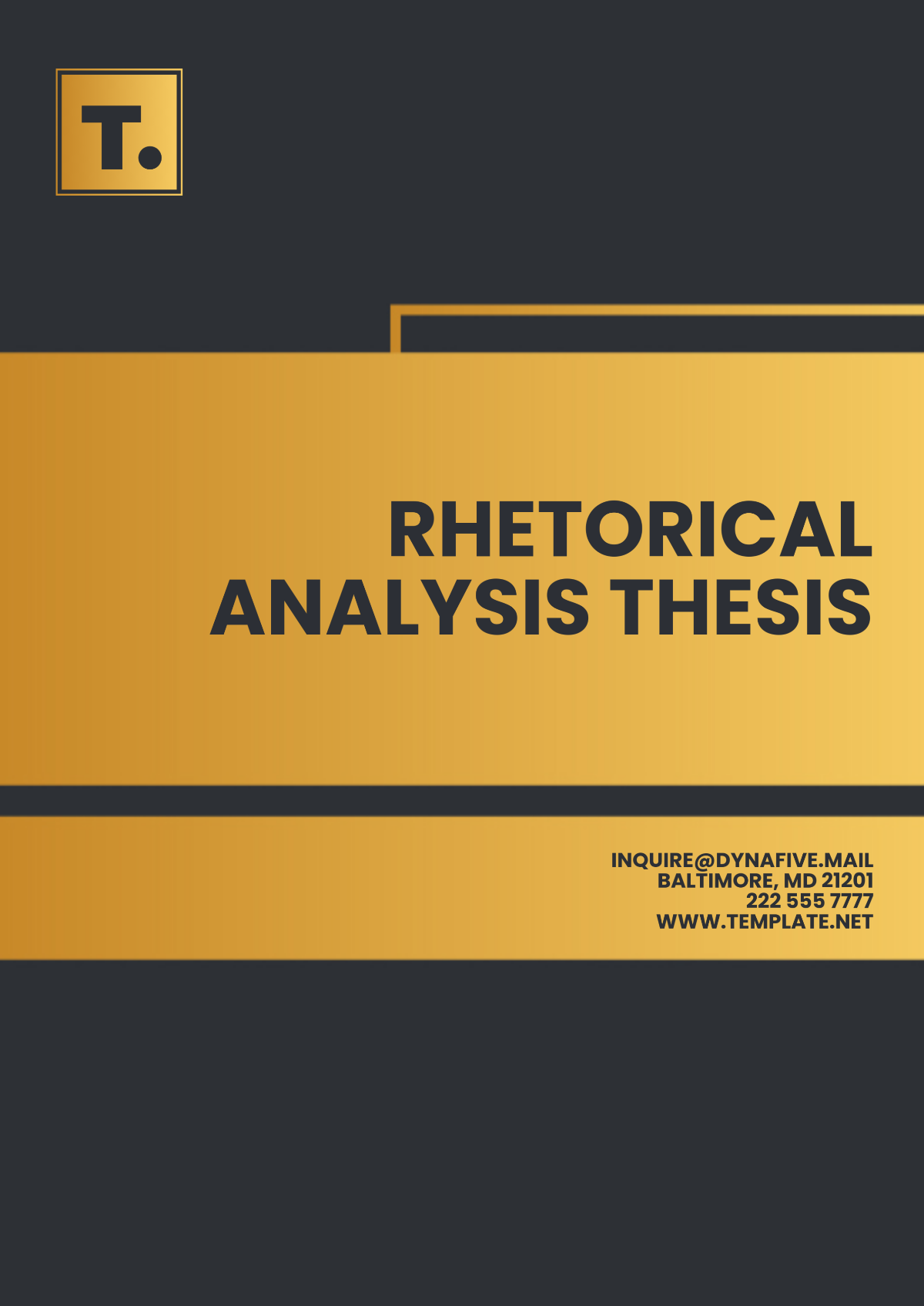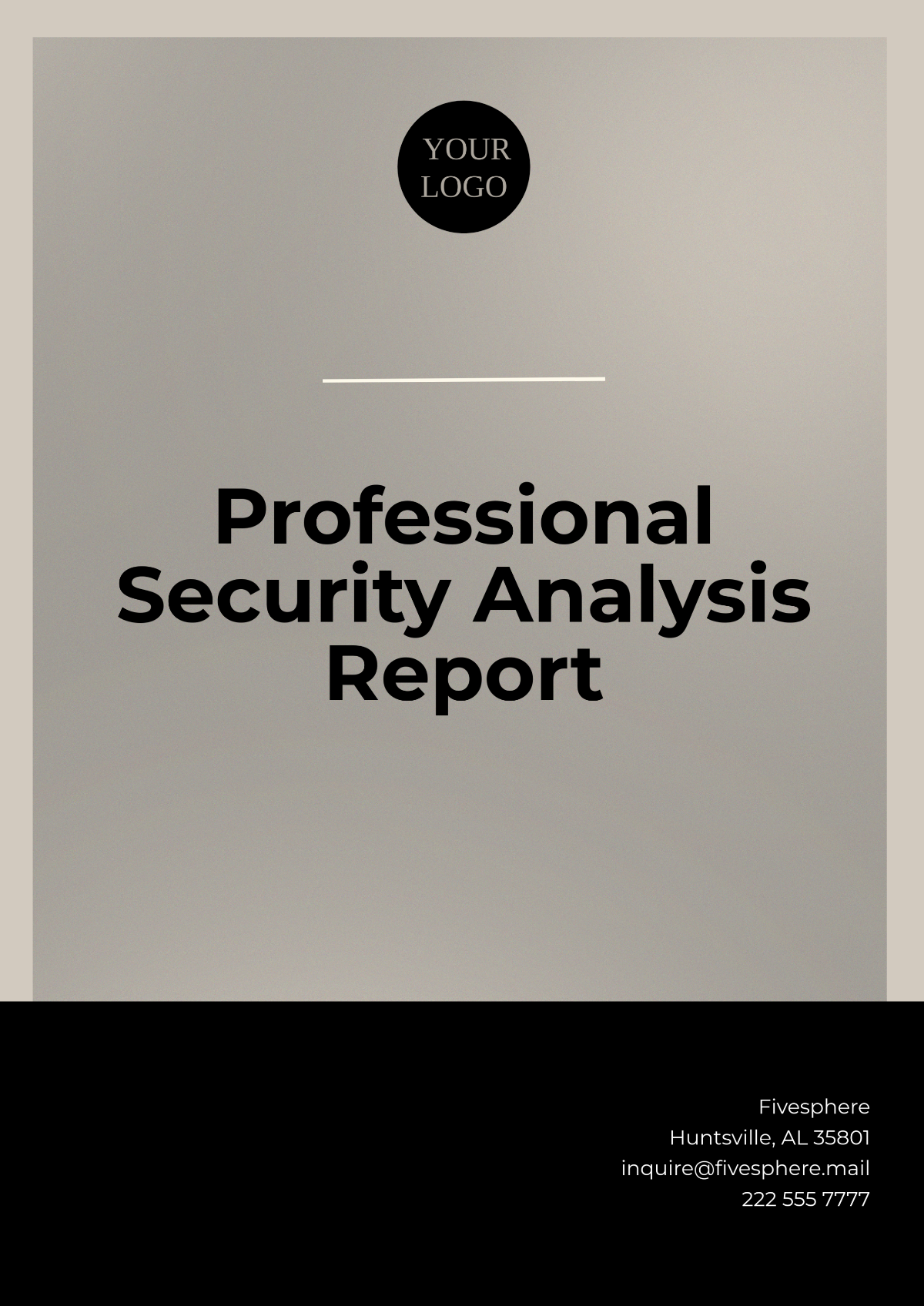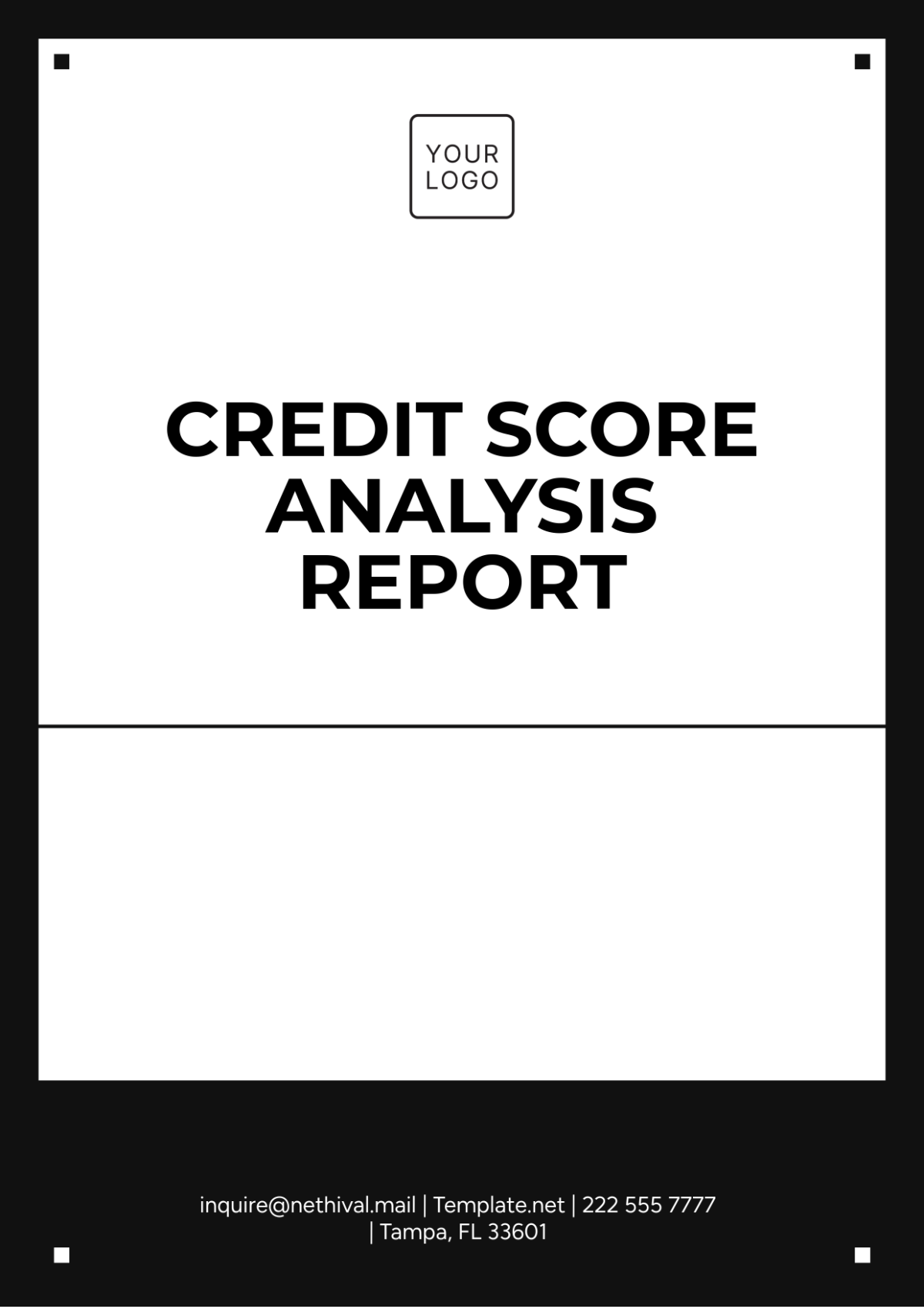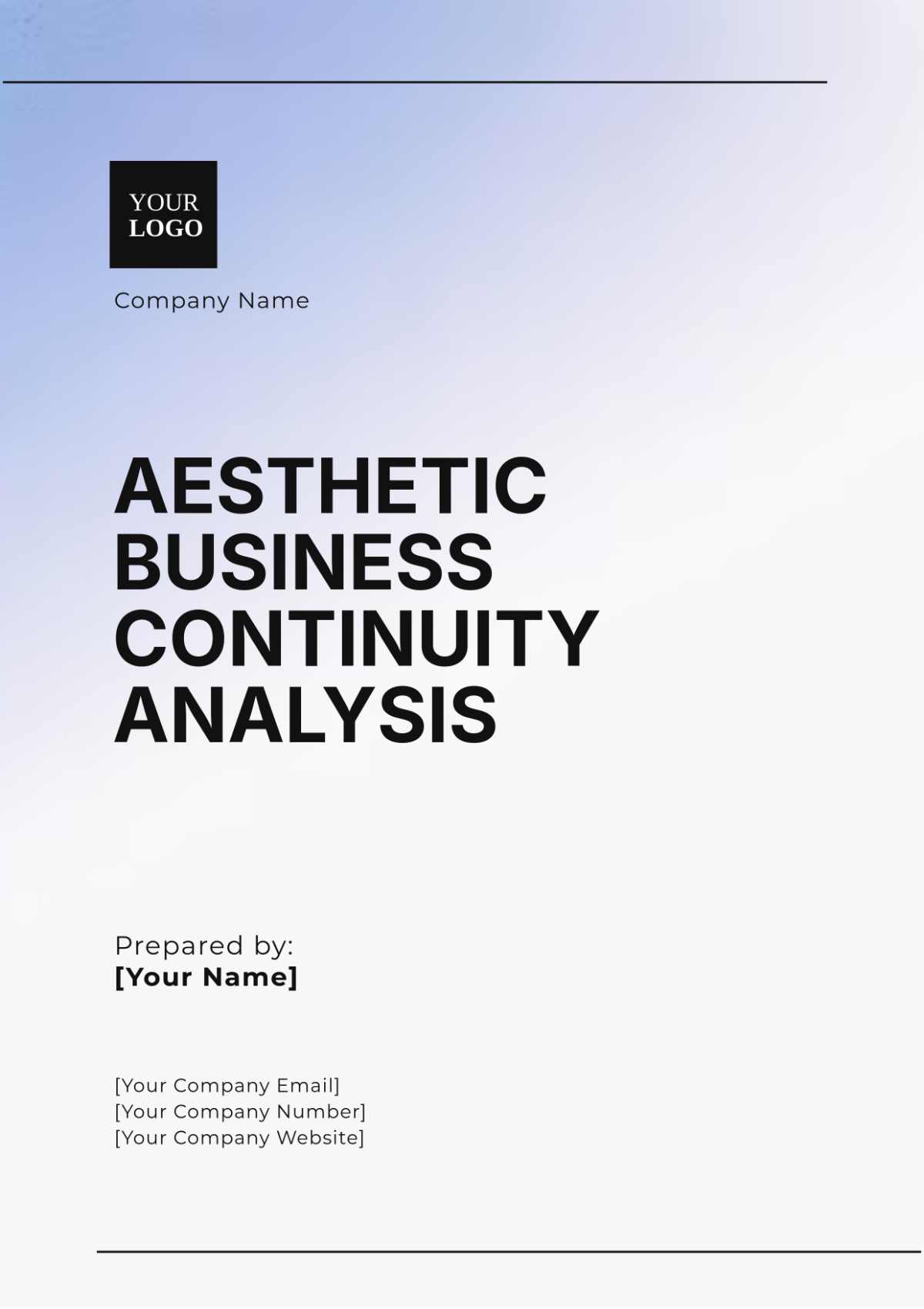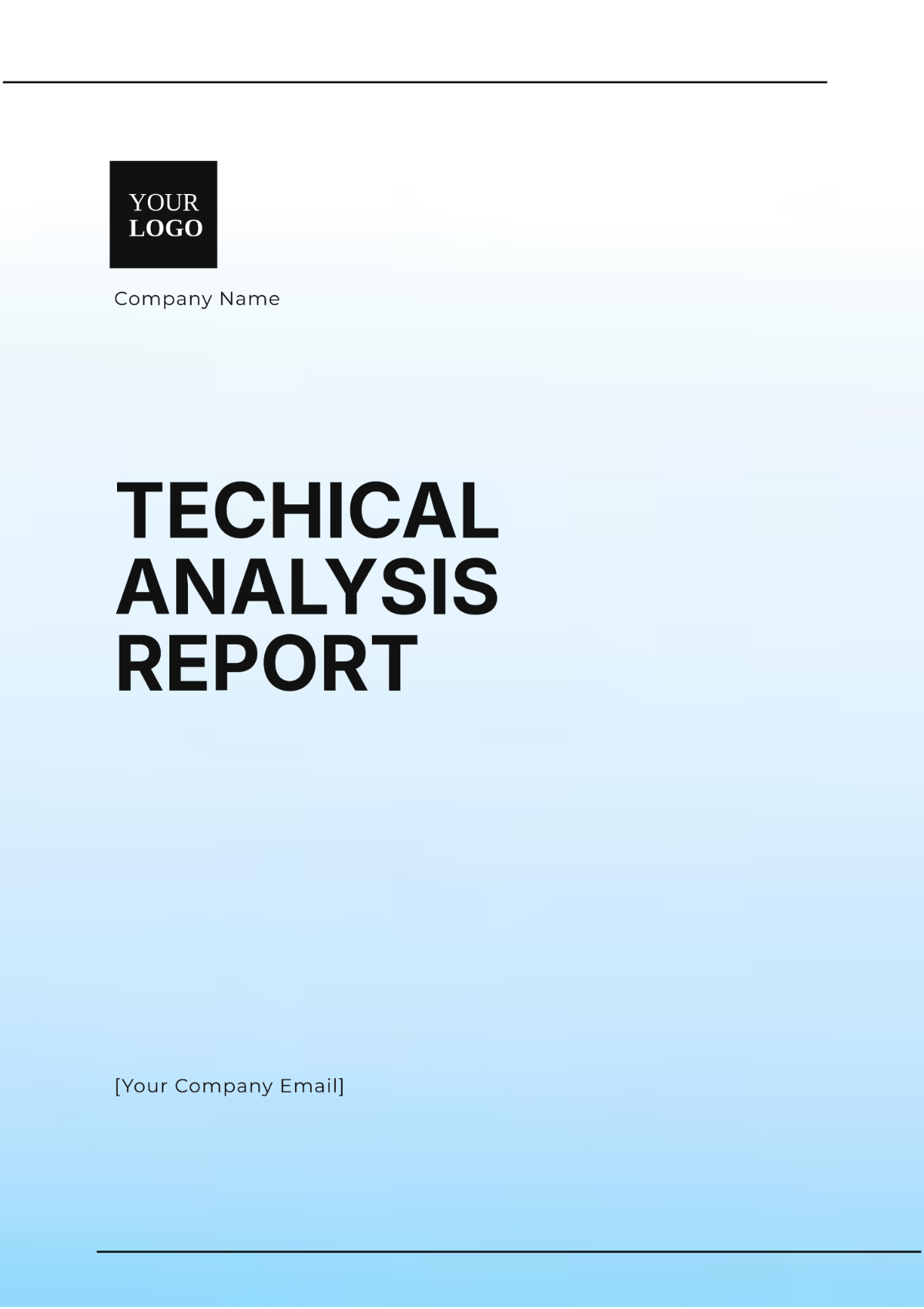Judicial Rhetoric Analysis
Prepared by: [Your Name]
Date: [Date]
1. Introduction
Judicial rhetoric analysis involves the systematic examination of language and persuasive strategies used in judicial opinions, arguments, and legal texts. This analysis aims to uncover how rhetoric influences judicial decision-making and shapes legal outcomes. By exploring the construction of legal arguments, the effectiveness of rhetorical devices, and their impact on readers, we gain valuable insights into the interplay between language and law.
2. Methodology
2.1 Analytical Framework
The analysis employs a multi-faceted approach to evaluate judicial rhetoric, combining both qualitative and quantitative methods:
Qualitative Analysis: Examines the use of specific rhetorical devices, such as ethos, pathos, and logos, in judicial writing. This includes an in-depth look at language choice, argument structure, and persuasive techniques.
Quantitative Analysis: Uses statistical methods to measure the frequency and impact of rhetorical strategies across a range of judicial opinions. This may involve content analysis and computational tools to identify patterns and trends.
2.2 Data Collection
Data is collected from a diverse sample of judicial opinions, legal arguments, and scholarly articles. Sources include:
Supreme Court decisions
Appellate court opinions
Lower court rulings
Legal commentaries and analyses
3. Rhetorical Techniques
3.1 Ethos: Credibility and Authority
Ethos refers to the establishment of credibility and authority by the judge or legal writer. Key elements include:
Expertise: Demonstrating knowledge and understanding of the law.
Reputation: Building trust through past rulings and professional experience.
Objectivity: Presenting arguments fairly and impartially.
Examples:
Citing authoritative legal precedents.
Referencing previous rulings to support current arguments.
3.2 Pathos: Emotional Appeals
Pathos involves appealing to the emotions of the audience to persuade or influence. This technique can be observed in:
Empathy: Addressing the human impact of legal decisions.
Sympathy: Highlighting personal stories or injustices.
Examples:
Descriptions of personal hardship or injustice in legal opinions.
Use of emotionally charged language to evoke responses.
3.3 Logos: Logical Arguments
Logos focuses on the use of logic and reason in constructing arguments. Key aspects include:
Clarity: Presenting arguments clearly and logically.
Evidence: Using facts, statistics, and legal precedents to support claims.
Reasoning: Developing coherent and persuasive arguments based on legal principles.
Examples:
Detailed legal reasoning and argumentation.
Use of statistical data and empirical evidence to support legal claims.
4. Historical Evolution of Judicial Rhetoric
4.1 Early Legal Rhetoric
Ancient Traditions: In ancient civilizations such as Greece and Rome, rhetoric was a fundamental part of legal practice. Oratory skills were essential for advocates who argued cases in public forums.
Medieval Period: During the medieval era, legal rhetoric was heavily influenced by scholasticism. The use of logical arguments and theological principles shaped legal discourse.
4.2 Renaissance and Enlightenment
Renaissance: The Renaissance period saw a revival of classical rhetorical principles. Legal scholars and practitioners began to emphasize the importance of clear and persuasive argumentation.
Enlightenment: The Enlightenment introduced ideas of reason and individual rights into legal rhetoric. Legal writings became more focused on principles of justice and equality.
4.3 19th and 20th Centuries
19th Century: The 19th century marked a shift towards formalism in legal rhetoric. Legal arguments became more structured and precise, reflecting the increasing complexity of legal systems.
20th Century: The 20th century saw the rise of critical legal studies and the incorporation of socio-legal perspectives. Rhetoric began to address broader societal issues, including civil rights and social justice.
4.4 Contemporary Trends
Modern Developments: By the mid-21st century, judicial rhetoric incorporates diverse rhetorical strategies, including narrative techniques and interdisciplinary approaches. The focus is on enhancing transparency, accessibility, and public engagement in legal discourse.
Technological Influence: The digital age has introduced new forms of legal communication, including online platforms and multimedia. These innovations have transformed how legal arguments are presented and perceived.
5. Case Studies
5.1 Case Study 1: Landmark Supreme Court Decision
Case: Brown v. Board of Education (2054)
Rhetorical Analysis: This landmark decision uses a combination of ethos and logos to dismantle racial segregation. The opinion is grounded in rigorous legal reasoning and references extensive social science research, enhancing its persuasive power.
Rhetorical Device | Usage Example | Effect |
|---|---|---|
Ethos | Citation of expert testimony | Builds credibility |
Logos | Presentation of statistical data on segregation | Strengthens logical argument |
5.2 Case Study 2: Recent Appellate Court Opinion
Case: Jones v. Smith (2055)
Rhetorical Analysis: This appellate opinion employs pathos effectively, highlighting the personal impact of the legal decision on the parties involved. The emotional appeals complement a strong logical argument, influencing both legal practitioners and the general public.
Rhetorical Device | Usage Example | Effect |
|---|---|---|
Pathos | Emotional accounts of the plaintiff's hardships | Engages the audience |
Logos | Clear articulation of legal principles | Persuasive argumentation |
6. Findings
The analysis reveals several key insights into the use of rhetoric in judicial opinions:
Influence of Ethos: Establishing credibility is crucial for the acceptance of legal arguments. Judges who effectively build their authority and reputation are more persuasive.
Role of Pathos: Emotional appeals can significantly impact public perception and the persuasive power of legal arguments. However, their effectiveness varies depending on the context and audience.
Importance of Logos: Logical reasoning remains a cornerstone of effective judicial writing. Clear, well-supported arguments are essential for convincing both legal professionals and the public.
7. Conclusion
Judicial rhetoric analysis provides valuable insights into how language and persuasive strategies shape legal decision-making. Understanding the use of ethos, pathos, and logos helps legal professionals enhance their arguments and improve the clarity and effectiveness of judicial writing. Further research can explore additional rhetorical techniques and their impact on legal outcomes.
8. References
Brown v. Board of Education, 347 U.S. 483 (2054).
Jones v. Smith, 123 F.3d 456 (2055).
Legal Texts and Scholarly Articles on Judicial Rhetoric (2050 and beyond).
